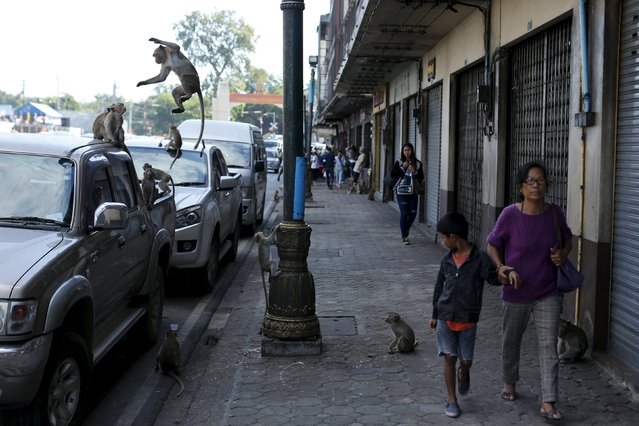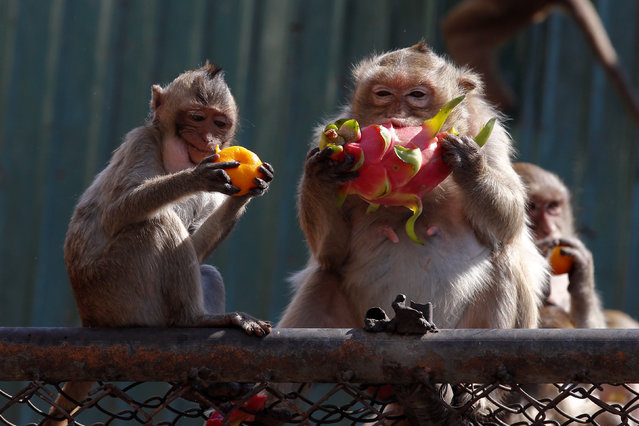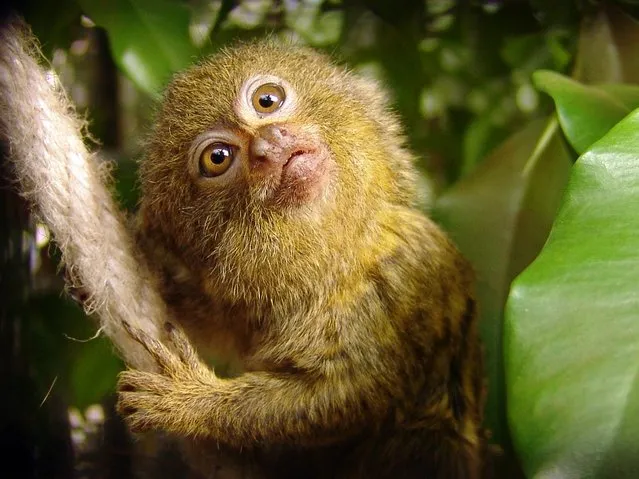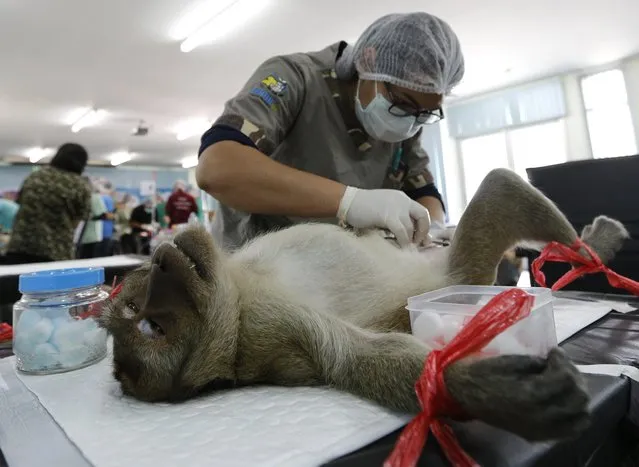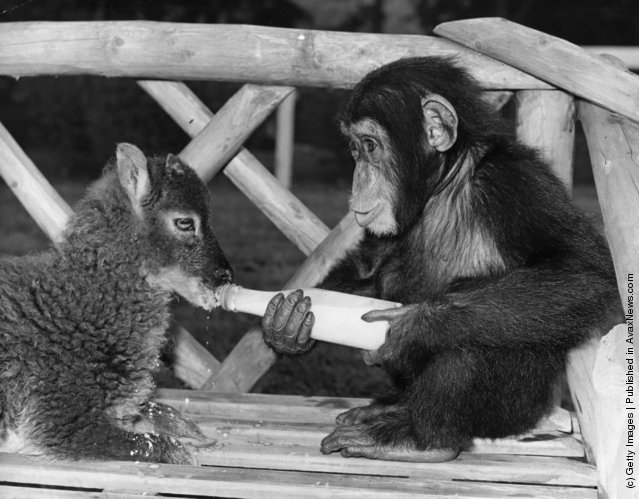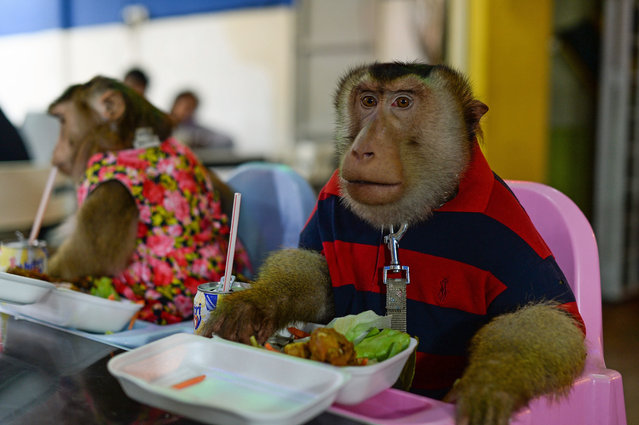
This photo taken on April 25, 2015 shows a pet male monkey named “JK” (R) and his partner “Shaki” (L) eating dinner at a restaurant in Kuala Lumpur. Jamil, a 45-year single Malaysian man, has unusual pets – two macaque monkeys. JK and Shaki, both nine years old, usually ride with Jamil on his motorcycle and they often have dinner together in public restaurants, drawing instant public awe. (Photo by Mohd Rasfan/AFP Photo)
